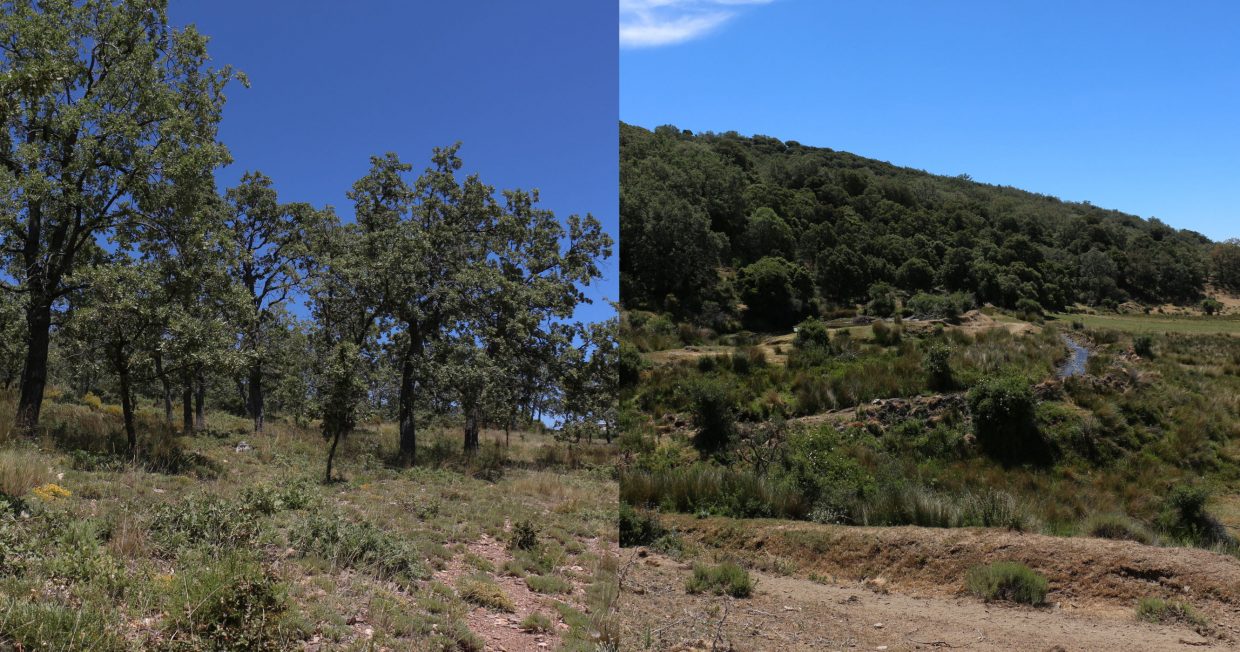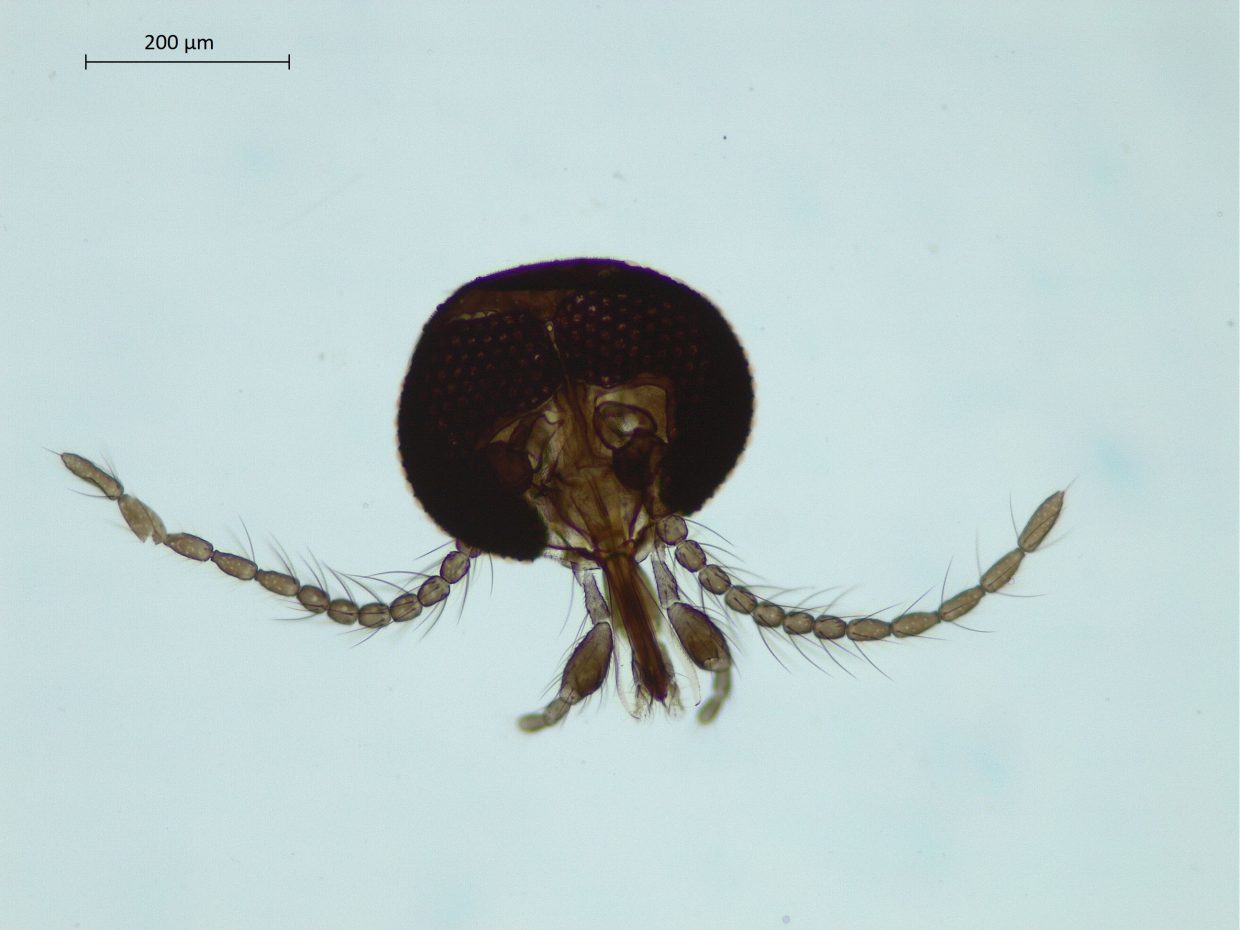What determines the abundance of haematophagous vectors at the microscale?
If you take a walk through a Mediterranean oak forest, you will realize that not all sidewalks are the same. Different Quercus and other tree species will appear as you walk, forming patches or vegetation gradients at a very small spatial scale. In only five kilometres, for example, several gradients have made an appearance. Obviously, organisms have to respond to such heterogeneity, and distinct environmental factors specific to each vegetation patch will shape the abundance of organisms in several ways.
Biting midges (genus Culicoides) are one of the world’s smallest and most abundant blood-sucking flies. Haematophagous females are well-known vectors of several pathogens, including those affecting both livestock and wildlife. Among them, the protozoan Haemoproteus, a pathogen causing malaria-like illness in birds, have been widely reported as a parasite transmitted by Culicoides. Passerines are one of the main hosts for some ornithophilic biting midges species since their nestling phase, with deleterious effects on wild bird species.
Local variations in birds’ susceptibility to biting midge attacks and parasite infection are probably explained by habitat heterogeneity at the microscale. Our study aimed to characterize the environmental factors that determine the abundance and species composition of biting midges within bird nests. The results come from a 3-year sampling in two types of oak forests located in a protected area in southern Spain, the Sierra Nevada National Park. Our study area is located across two mountain slopes, creating an ‘evolution canyon’1 in which the opposite slopes, separated by a short distance (less than two kilometres), display marked microclimatic contrasts. One slope is dominated by Pyrenean oaks (Quercus pyrenaica), exhibiting a drier environment, while the opposite slope is dominated by both Pyrenean oaks and Holm oaks (Quercus ilex) and conferring a moister ambient. So, our aim was to focus on answering the question as to whether such vegetation and microclimatic contrasts between slopes may have an effect on the abundance of these small vectors in avian nests.
During the first two consecutive years, we sampled biting midges within blue tit (Cyanistes caeruleus) nests. During the third year, we cross-fostered broods between the two slopes to differentiate the role of habitat type from that of the genetically determined or maternally transmitted cues released by nestlings. This is because nestlings from different habitats could produce different attractants to vectors. Overall, we found five different Culicoides species entering into blue tit nests, and, interestingly, one of them (Culicoides reconditus) was the first record in the Iberian Peninsula. Biting midges were more abundant in nest from the drier slope than in those of the opposite slope, and this pattern was maintained during the three years. By contrast, we did not find evidence that nestling’s features had any effect on the abundance, prevalence nor the richness of Culicoides entering bird nests, suggesting that habitat type had a major significant effect.
These results have important implications for variations in the transmission of Culicoides-borne parasites to wildlife at the microscale. So, our next question is: does having more vectors in your rearing environment imply a higher probability of being infected by Haemoproteus parasites? Our team is working on this aspect, and future results will help to elucidate the mechanisms underlying the patterns occurring in our evolution canyon. Stay tuned!
Paper reference: Garrido-Bautista, J. et al. (2022). Habitat-dependent Culicoides species composition and abundance in blue tit (Cyanistes caeruleus) nests. Parasitology, 149: 1119-1128. doi: 10.1017/S003118202200066X.1 Nevo, E. (2012). “Evolution canyon”, a potential microscale monitor of global warming across life. Proceedings of the National Academy of Sciences of the United States of America, 109: 2960-2965. doi: 10.1073/pnas.1120633109.








